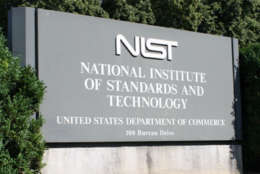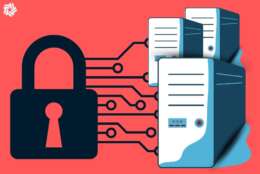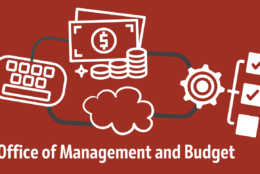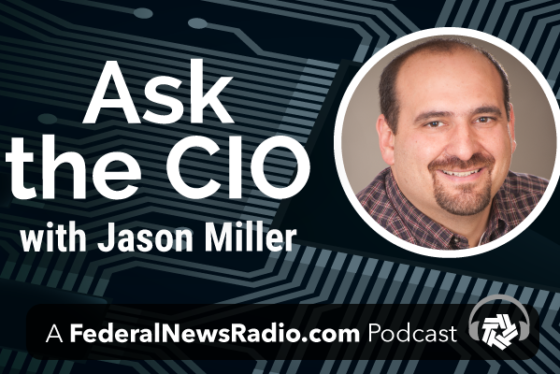Cybersecurity
-
Sources confirmed the Energy Department is treating it as "major incident," with other agencies uncovering intrusions as well.
June 15, 2023 -
How do you stop a 21-year-old national guardsman like Jack Teixeira from leaking classified information? Wrong answers to this question have quickly become very popular.
June 15, 2023 -
Kurt DelBene, the assistant secretary for information and technology and chief information officer at the Veterans Affairs Department, said the agency is working on several parallel goals including getting to 100% use of multi-factor authentication.
June 15, 2023 -
A new instructional letter from the General Services Administration provides guidance for responsible use of generative AI by employees and contractors with access to GSA systems.
June 14, 2023 -
Amid the recent spate of high-profile cyberattacks, government agencies and private-sector organizations alike are scrambling to fend off unauthorized intrusions that can compromise digital assets, disrupt operations and derail attainment of critical missions.
June 14, 2023 -
The directive comes after suspected China state-backed hackers allegedly used network administration tools to access critical infrastructure systems.
June 13, 2023 -
The U.S. federal government possesses some of the strongest cybersecurity in the world with a GCI score of 100. This intense cybersecurity is no surprise, as the federal government is tasked with protecting the nation’s most precious assets, like classified data and critical financial information and defending against the most malicious, well-funded and motivated attackers. This large scope of the critical assets to defend has made the federal government one of the biggest spenders on cybersecurity in the world, and as cyber threats continue to evolve, investment in cybersecurity will continue to grow.
June 13, 2023 -
Because cyber threats ceaselessly change, so do the protective measures agencies need to take. Cybersecurity guidelines from the National Institute of Standards and Technology (NIST) never stay static either.
June 12, 2023 -
Dan VanBelleghem, a senior director, cybersecurity programs, at General Dynamics Information Technology (GDIT), explains how agencies can stay ahead of cyber attackers.
June 12, 2023 -
A memo released today extends the deadline for when agencies have to start collecting secure software attestation forms from vendors.
June 09, 2023 -
The Securities and Exchange Commission is contemplating comments to a proposed rule on cybersecurity of financial services companies.
June 09, 2023 -
Jonathan Kraden, the section chief for customer experience in the cybersecurity division of the Cybersecurity and Infrastructure Security Agency at DHS, said by understanding their customers, they can ensure their services are used successfully.
June 08, 2023 -
The National Cybersecurity Strategy outlines excellent high-level concepts that aim to modernize the federal government's cybersecurity approach, recognizing the need for collaboration from both the public and private sectors. However, there are still uncertainties about how quickly and effectively these ideas can be implemented.
June 08, 2023 -
Zero trust is far more than a cyber initiative, says SAIC’s Shawn Kingsberry, who encourages agencies to tackle it as an IT modernization effort. He shares three ways agencies can accelerate that journey.
June 06, 2023 -
In this exclusive webinar edition of Ask the CIO, host Jason Miller and his guest, Kurt DelBene, assistant secretary for information and technology and chief information officer with the Department of Veterans Affairs will dive into zero trust and the future of training and automation at the VA. In addition, Tom Roeh, director of systems engineering at ExtraHop will provide an industry perspective.
June 05, 2023















